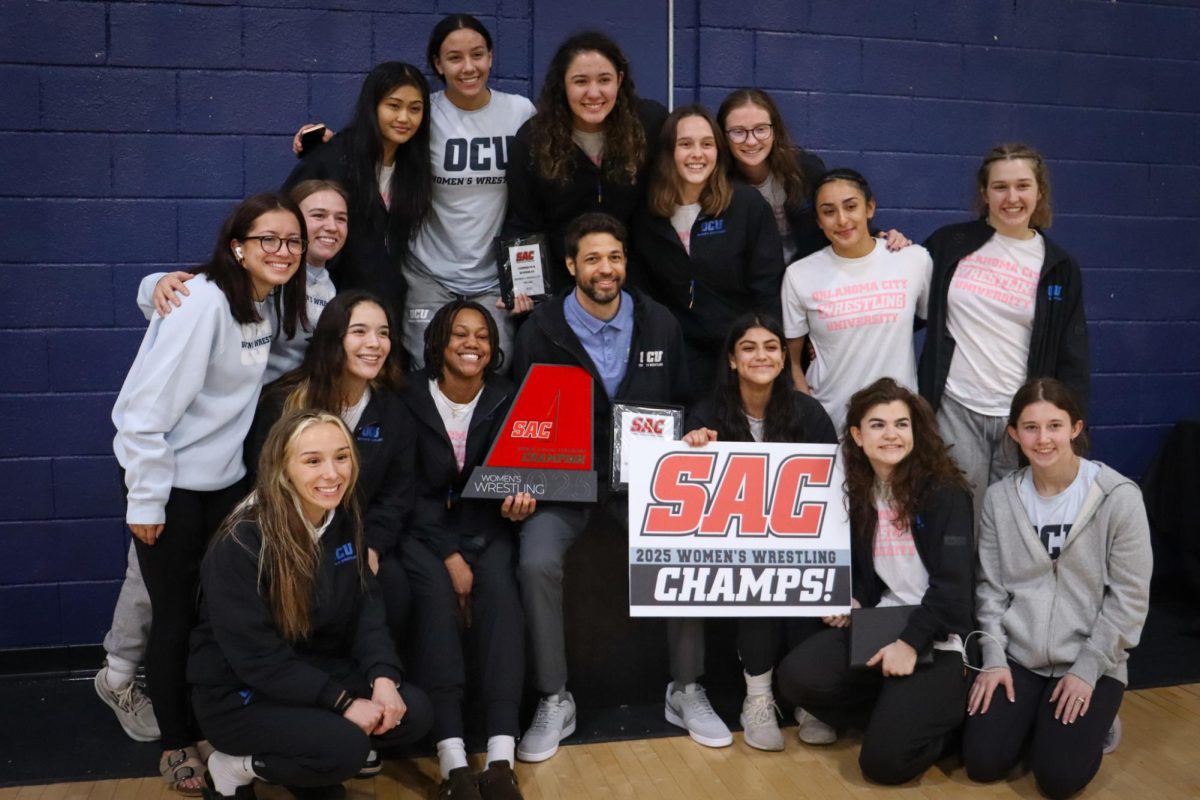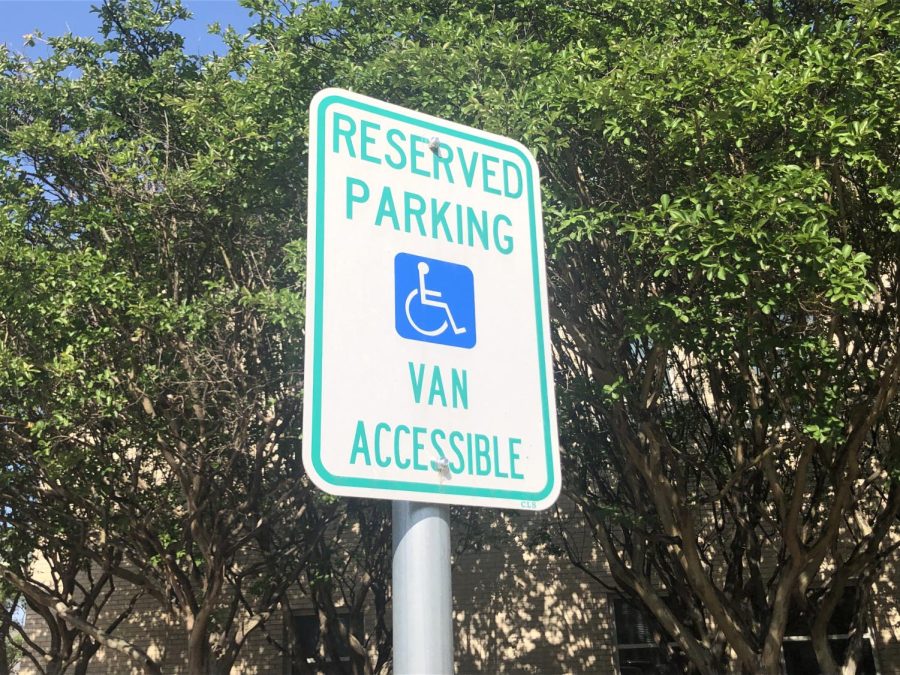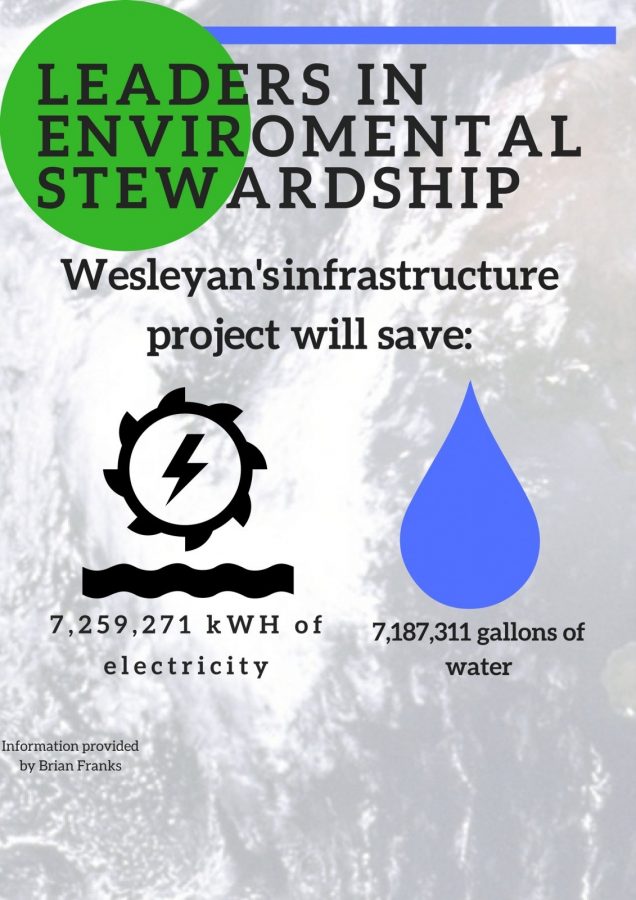Texas Wesleyan President Frederick G. Slabach said last week that the 2020 vision created for the facilities department is right on track.
Speaking at a 2020 Town Hall meeting at the Baker Building on April 18, Slabach said he wants the facilities to reflect the quality that is presented and preserved at Wesleyan.
“What we really wanted to try is to take our strategic 2020 plan and taper each one of the major goals and then get a report from the appropriate division,” Slabach said. “One of the things we have in our strategic plan is that we want our facilities to be first grade. We made major advancements many years ago and Brian (Franks) and his crew have done a phenomenal job in really enhancing the campus.”
Franks, Wesleyan’s executive director of facilities development and operations, said that five years ago facilities began a utility conservation initiative to track the amount of utilities used on a daily basis.
“We are on the very very tail end of implementing all the details that were associated with the projects,” Franks said. “We’re starting to actually track our utilities and progress and that our utilities have actually decreased significantly.”
The initiative originally came into play when the department decided it was time to update its systems, Franks said.
“It all stemmed, originally, from when the university had very large backlog of deferred maintenance and mechanical systems that were towards the end or beyond the end of their lifecycle,” he said.
The problem was finding the funding for the project, Franks said.
“Donors don’t normally like to put their name on something you can’t see, like a boiler,” Franks said. “The department was approached by a design-waste contractor to assist with creating the utility conservation system. Whatever we do on campus. Whatever utility improvements were made we have to be able to offset the utility cost in such a way that it would pay for all of the equipment, so it’s self-funding.”
Four years ago, the facilities department was contacted by a waste contractor interested in helping with the design of the new system, Franks said.
“We were in a tough situation, because we wanted to continue to enhance campus aesthetics and all of that,” he said. “But on the back end of things, we weren’t really conservative of our utility usage. We knew we needed to do something and this was probably five years ago and we knew that we needed to take a pretty good swing at some major replacements so we put out a request for qualifications. Waste Service was the contractor. We actually got to go hard and heavy in the design of what the system could possibly look like so it went from there.”
With the help of Waste Service, the department was able to completely revamp components on campus, Franks said.
“It’s really hard to say exactly what we did, because there are literally thousands of components that were upgraded and replaced,” he said.
The biggest component and most energy-efficient project was the creation of the heat and power plant, Franks said.
“Its called a co-generation system,” he said. “That’s really where we see the most significant amount of savings in our utilities.The cogene system is actually a naturally gas power generator that traps any heat that is expelled from the system.”
With the new system, the amount of energy used for heating and cooling across campus will decrease dramatically, Franks said.
“So we use those heating needs across campus for heating and air conditioning,” he said. “We also have an absorption chiller, so in the summer months we actually run that hot water through the absorption chiller and it converts it into cold water, then we use it for cooling. That’s really the heart of the operation.”
Dr. Terrence Neumann, assistant professor of chemistry, believes the projects can drastically increase savings in the long end.
“The projects that can be environmentally friendly often also saves money,” Neumann said. “So in the case of the power plant, they’re going out and trying to save money. Yes, the upfront cost is a lot but when you take in consideration the amount over the next five or 10 years it’s a significant amount of savings. My understanding of is that putting out a little bit of money out there is going to be with it in the long term.”




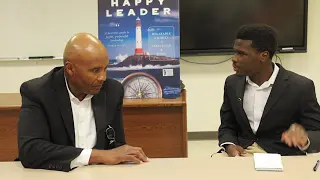

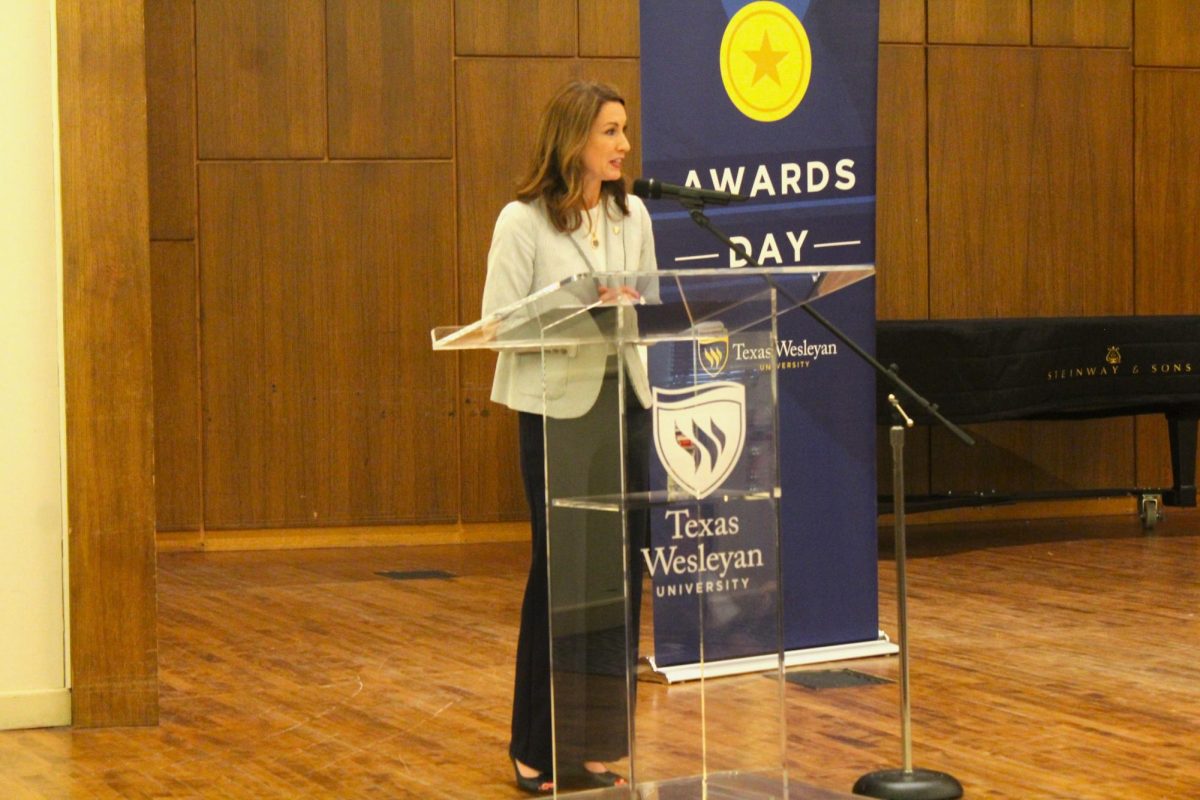
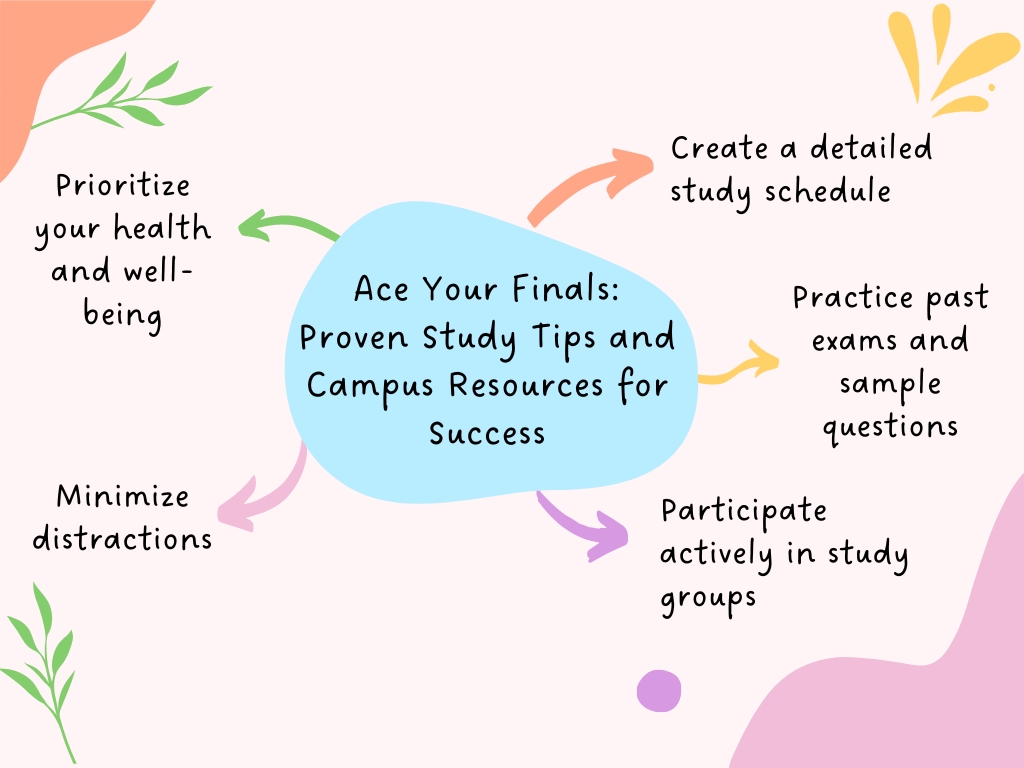

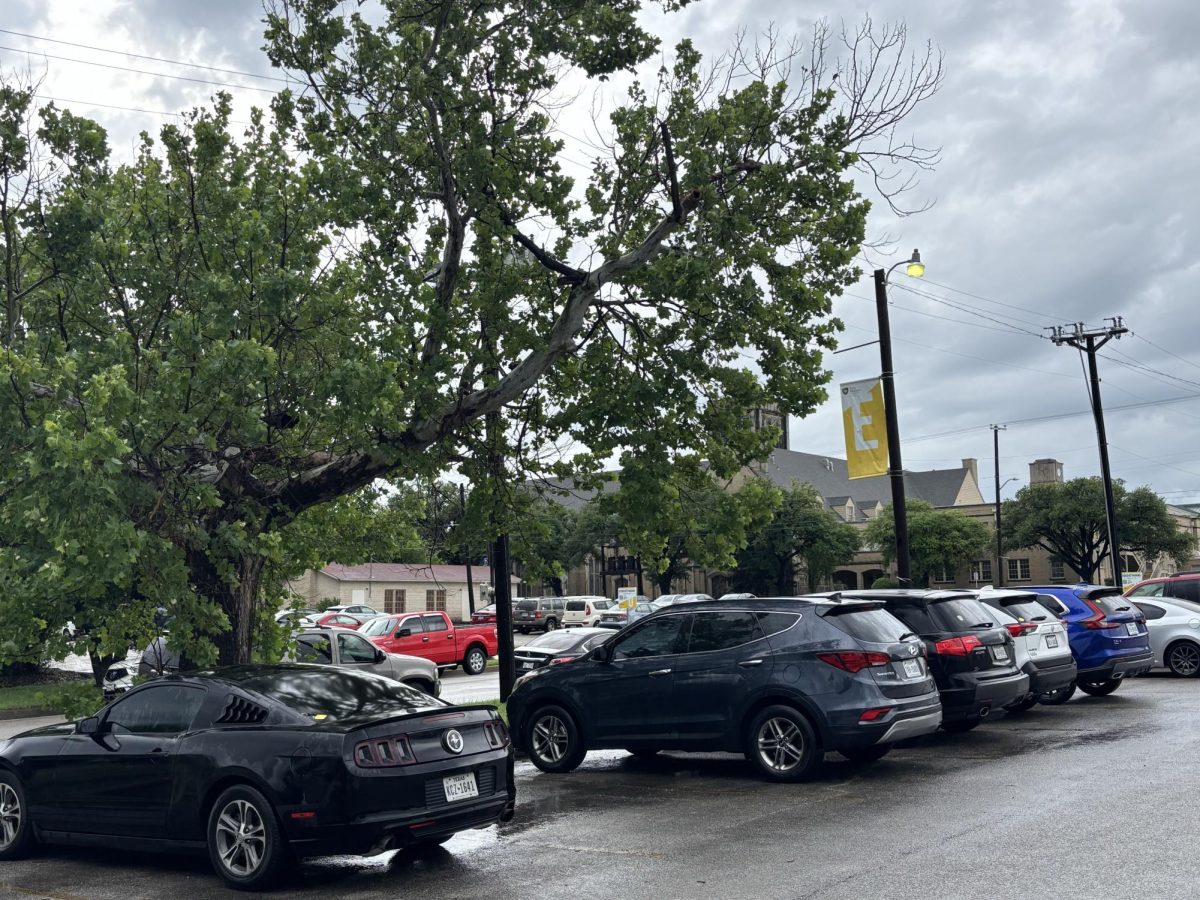
![Pippin, played by Hunter Heart, leads a musical number in the second act of the musical. [Photo courtesy Kris Ikejiri]](https://therambler.org/wp-content/uploads/2025/04/Pippin-Review-1200x800.jpg)
![Harriet and Warren, played by Trinity Chenault and Trent Cole, embrace in a hug [Photo courtesy Lauren Hunt]](https://therambler.org/wp-content/uploads/2025/02/lettersfromthelibrary_01-1200x800.jpg)
![Samantha Barragan celebrates following victory in a bout. [Photo courtesy Tu Pha]](https://therambler.org/wp-content/uploads/2025/05/20250504_164435000_iOS-834x1200.jpg)
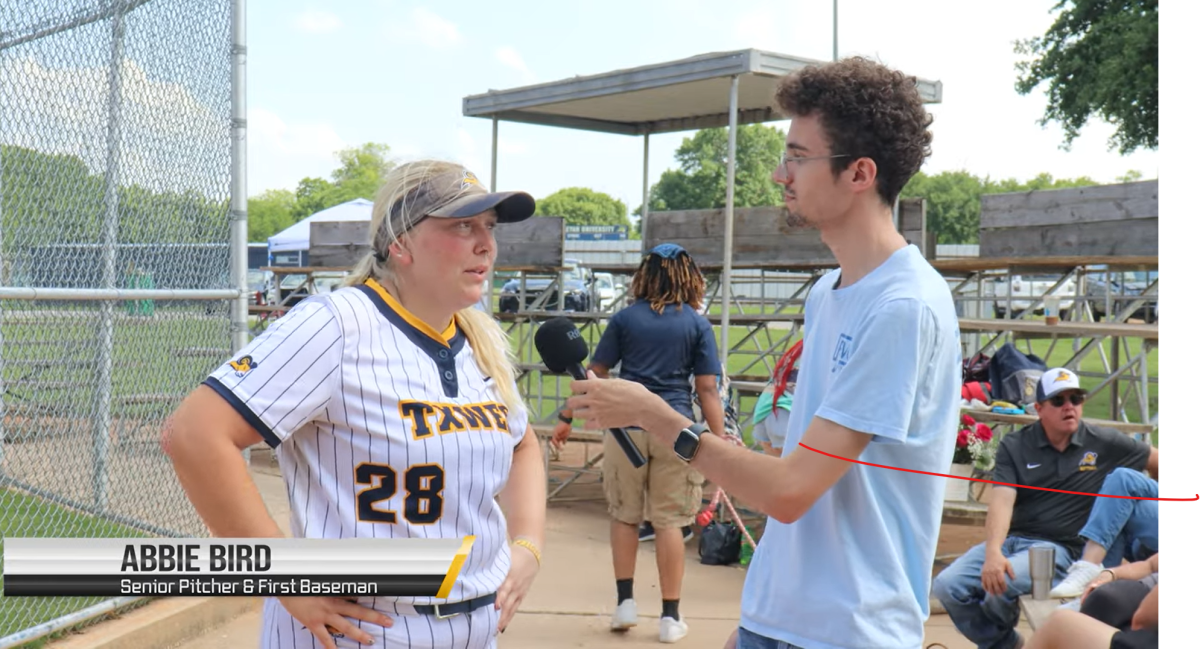


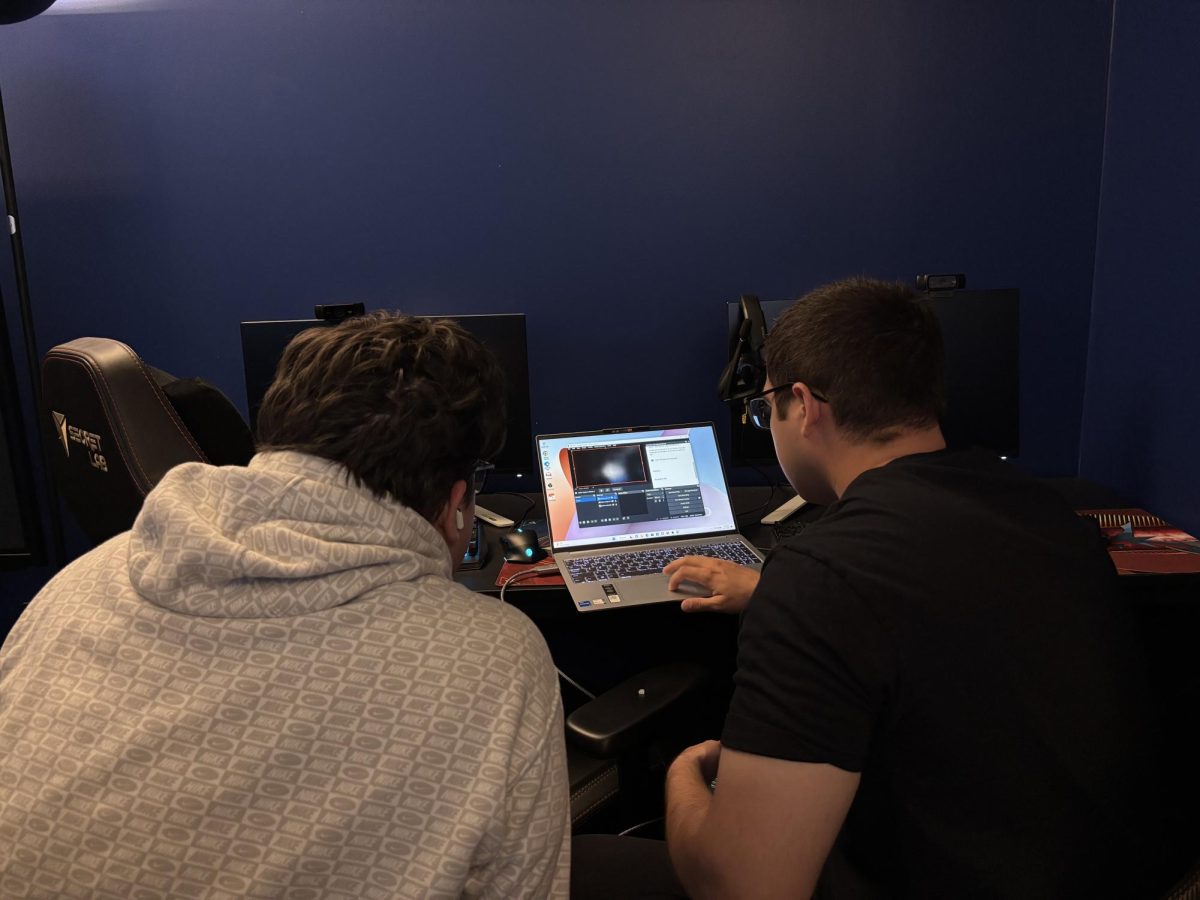

![Hunter Heart (center), the play's lead, rehearses a scene alongside other student actors. [Photo courtesy Jacob Sanchez]](https://therambler.org/wp-content/uploads/2025/04/thumbnail_IMG_8412-1200x816.jpg)
![Student actors rehearse for Pippin, Theatre Wesleyan's upcoming musical. [Photo courtesy Jacob Rivera-Sanchez]](https://therambler.org/wp-content/uploads/2025/04/Pippin-Preview-1200x739.jpg)
![[Photo courtesy Brooklyn Rowe]](https://therambler.org/wp-content/uploads/2025/05/CMYK_Shaiza_4227-1080x1200.jpg)
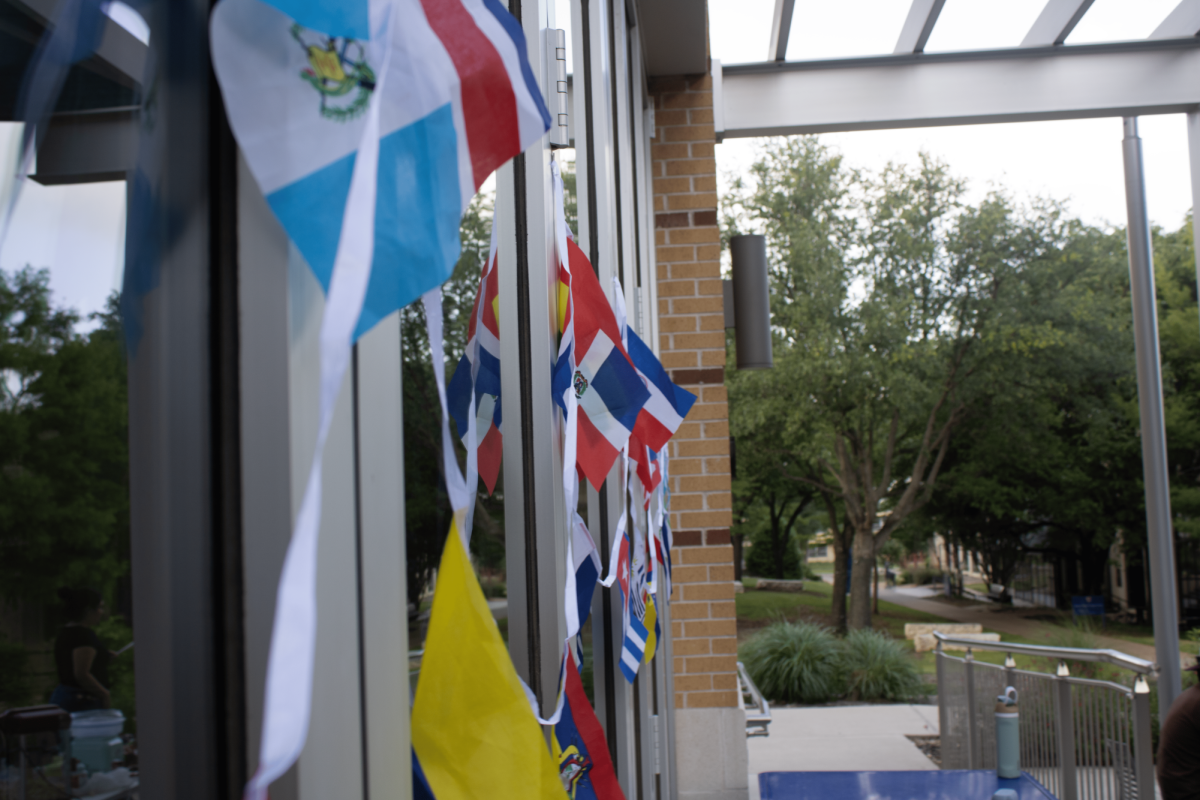
![Lady Rams softball wraps up weekend against Nelson Lions with a victory [6 – 1]](https://therambler.org/wp-content/uploads/2025/04/Screenshot-2025-04-04-100924-1200x647.png)

